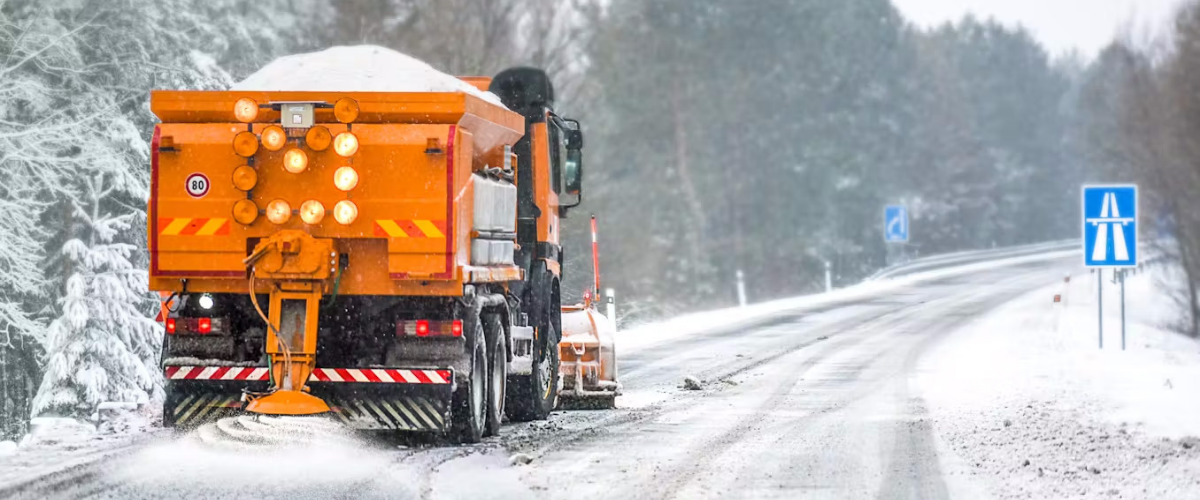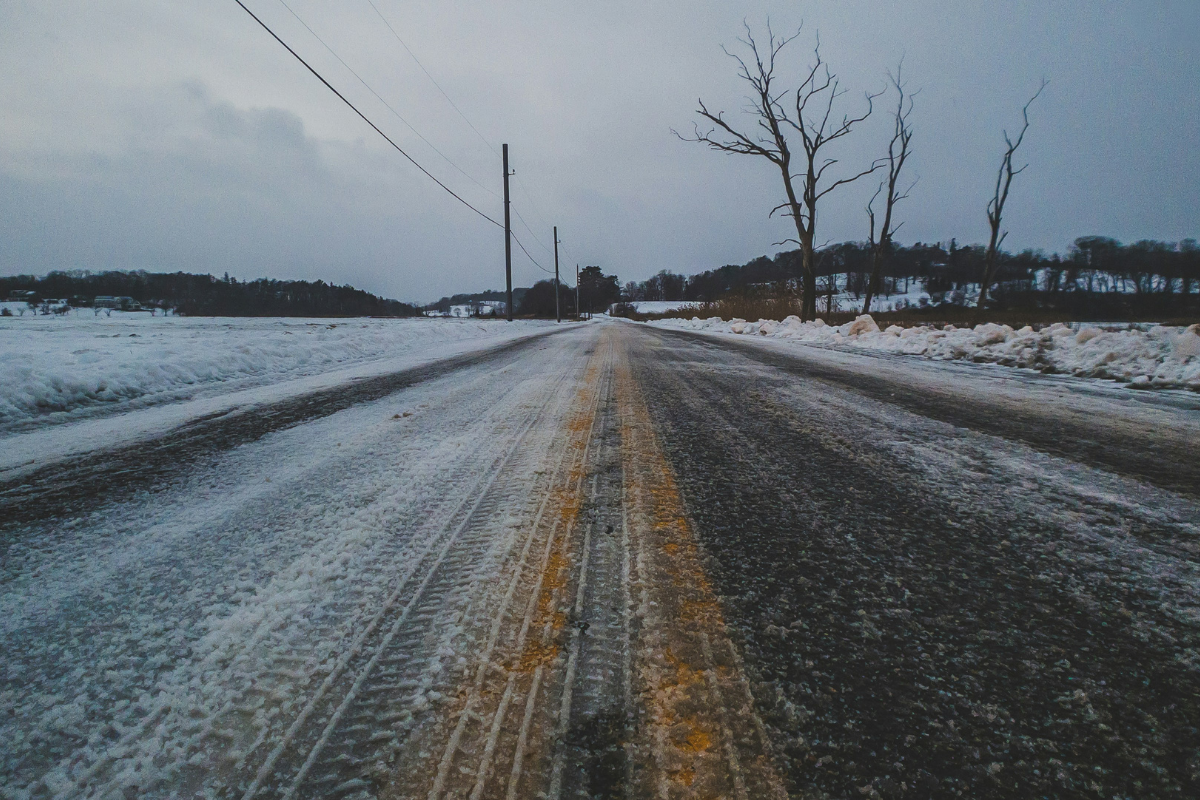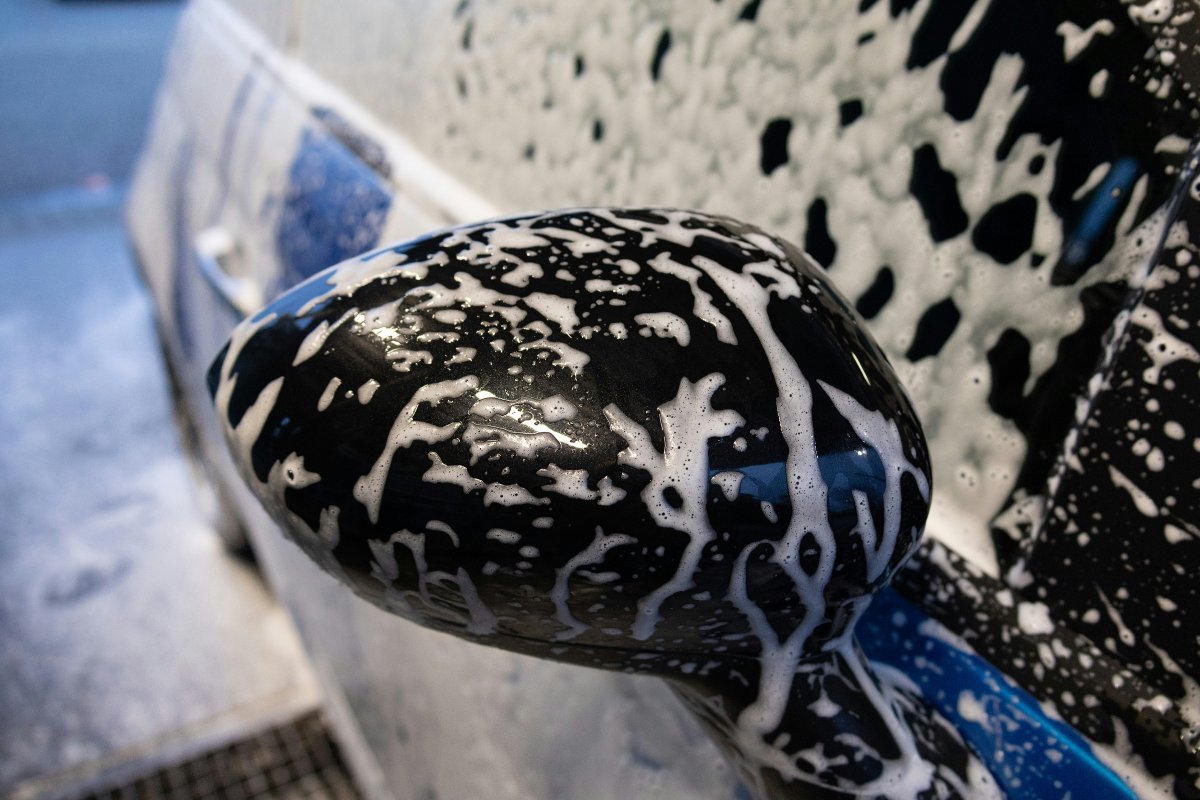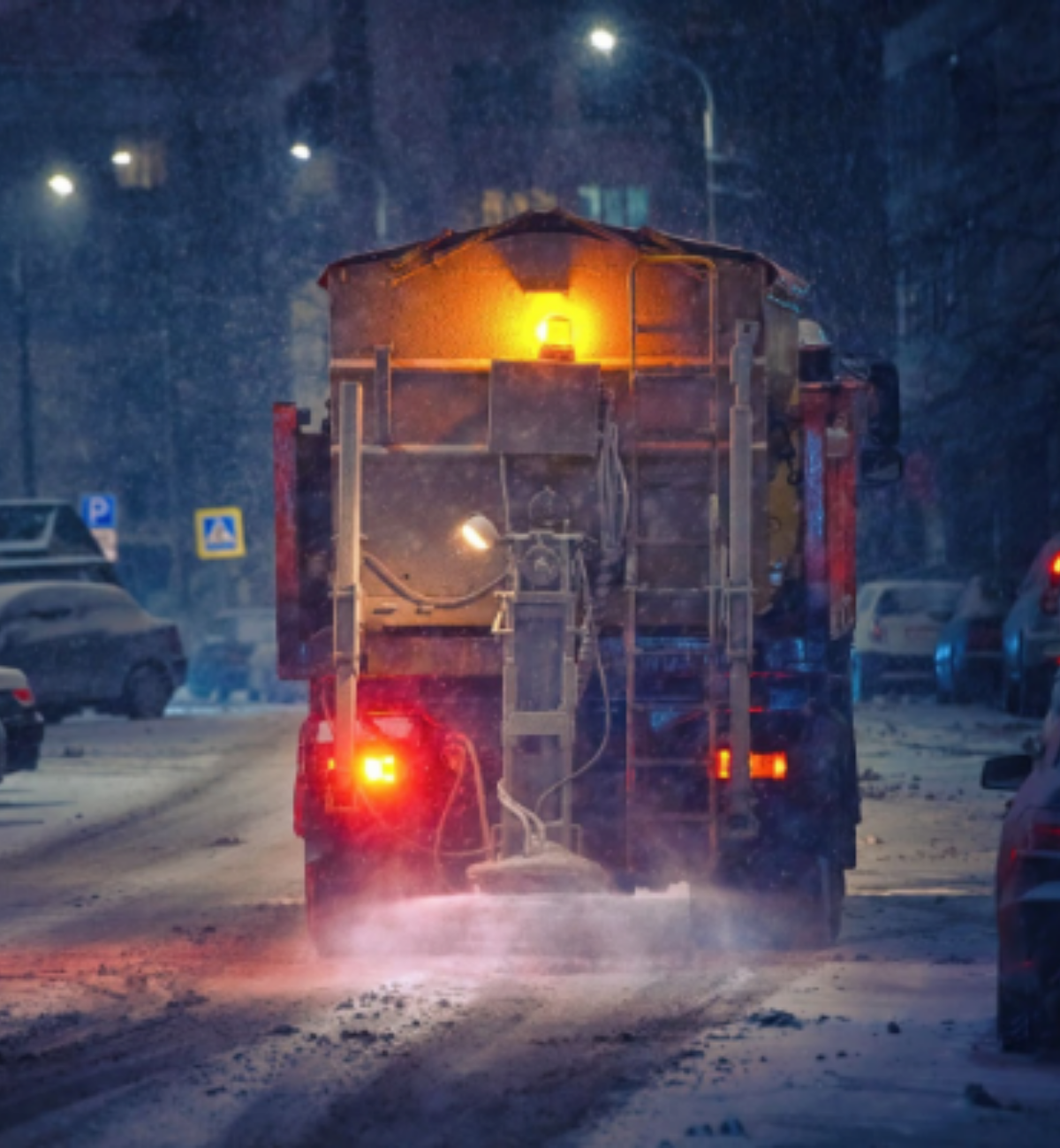But here’s the uncomfortable truth: every time a snowplow goes by, it's treating your car like a science experiment in accelerated aging, turning it into a textbook example of oxidation.
Road salt isn't just a nuisance; it’s basically conducting a hostile takeover of your vehicle's structural integrity. Mix salt with water—and hello, slush—and you've created an electrolyte solution that essentially turns your car into a battery. Different metals in your vehicle start exchanging electrons, and instead of a good outcome, you get rust. Durham's freeze-thaw cycles make this corrosion cycle much worse.
Where Salt Attacks First

Road salt targets the parts you can't see, quietly compromising safety and performance. The Undercarriage is Salt's Favorite Buffet. Critical parts are vulnerable, like brake lines (discovering these are corroded is the kind of excitement no one wants), fuel lines, the exhaust system, and your suspension.
Your car is basically fighting for its life every time you leave the driveway.
Between the heavy lake-effect snow rolling off Lake Ontario and the sheer, uncompromising cold that settles across Scugog and Clarington, your car is basically fighting for its life every time you leave the driveway.
You might be dreaming of a fancy four-wheel-drive system, but the single most important safety feature on your vehicle isn't the engine or the badge on the back—it's the rubber connecting you to the road. If you're relying on the wrong tires when the temperature drops, you're missing the most critical safety upgrade you can make.

The Cold Hard Truth: 7°C Is the Tipping Point
Your tires are experts, not magicians. The moment the thermometer dips below 7°C, the performance of a generic all-season tire collapses. Why? Because the rubber compound stiffens.
An all-season tire
In freezing conditions is essentially trying to ice skate in dress shoes—it was simply never designed for the job.
Winter tire
On the other hand, are the masters of cold weather. They use a high-silica compound that stays flexible and soft.
This pliability allows the tire to conform to the road surface, aggressively gripping pavement that is cold, icy, or snow-covered. If you’re driving around Oshawa or Whitby in November, your best move is getting cold-weather-optimized rubber installed. Period.
Your Defense Strategy: Prevention is Cheaper Than Denia
The math doesn't lie: prevention is cheaper than denial. A well-maintained vehicle in Durham keeps 15-20% more value, so protecting your vehicle is an investment strategy.
Before Winter Arrives: Shield Your Car
You need to create a barrier between the metal and the salt. This means getting a professional annual undercoating—an oil-based spray ($100-150) self-heals like Wolverine, while a wax-based ($150-250) one is the premium choice. You can talk to our service team about rust-proofing options. At home, apply a quality wax (2-3 coats) and fix any paint chips now to stop rust before it starts.
During Salt Season: Wash, Wash, Wash
You must commit to washing your car every two weeks. Yes, even when it's cold. Especially when it's cold. Wash weekly during heavy salt deployment. The key is to get an undercarriage flush. Just be sure to wash when it’s warmer than -10°C, as frozen door handles are nature's way of saying you’ve made poor choices.
The math is simple: a few hundred dollars in annual prevention ($390-700) can save you thousands in repairs for exhaust systems ($500-1,500) or rocker panels ($1,000-3,000+).

The Bottom Line: Your Future Self is Watching
Durham winters demand salt. Physics demands that salt destroy your car. You can’t change Durham’s weather or chemistry, but you can wash your car regularly, have it professionally protected, and get it inspected honestly. Your vehicle can survive decades of Durham winters or surrender in five. The difference is about $500 a year and some effort. A clean car isn't vanity in winter; it's survival.












